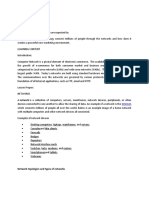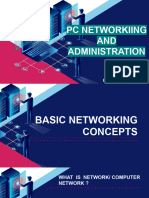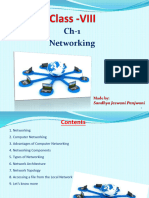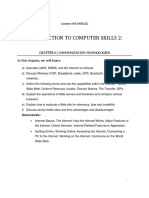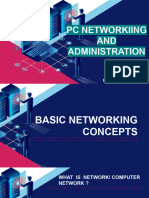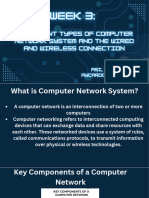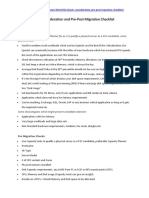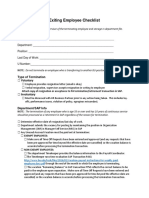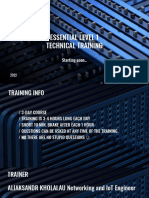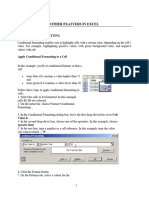0% found this document useful (0 votes)
3 views11 pagesComputer Fundamentals Unit-5
The document provides an overview of computer communication and the internet, detailing key concepts such as computer networks, types of networks (LAN, WAN, Cloud), and the role of the internet in facilitating communication and various applications. It distinguishes between the internet and the World Wide Web, explaining their functionalities and components, including websites and internet communication methods like email and instant messaging. Additionally, it highlights the importance of protocols, IP addresses, and the infrastructure that supports internet connectivity.
Uploaded by
himanshichaudhary1805Copyright
© © All Rights Reserved
We take content rights seriously. If you suspect this is your content, claim it here.
Available Formats
Download as PDF, TXT or read online on Scribd
0% found this document useful (0 votes)
3 views11 pagesComputer Fundamentals Unit-5
The document provides an overview of computer communication and the internet, detailing key concepts such as computer networks, types of networks (LAN, WAN, Cloud), and the role of the internet in facilitating communication and various applications. It distinguishes between the internet and the World Wide Web, explaining their functionalities and components, including websites and internet communication methods like email and instant messaging. Additionally, it highlights the importance of protocols, IP addresses, and the infrastructure that supports internet connectivity.
Uploaded by
himanshichaudhary1805Copyright
© © All Rights Reserved
We take content rights seriously. If you suspect this is your content, claim it here.
Available Formats
Download as PDF, TXT or read online on Scribd
/ 11


















